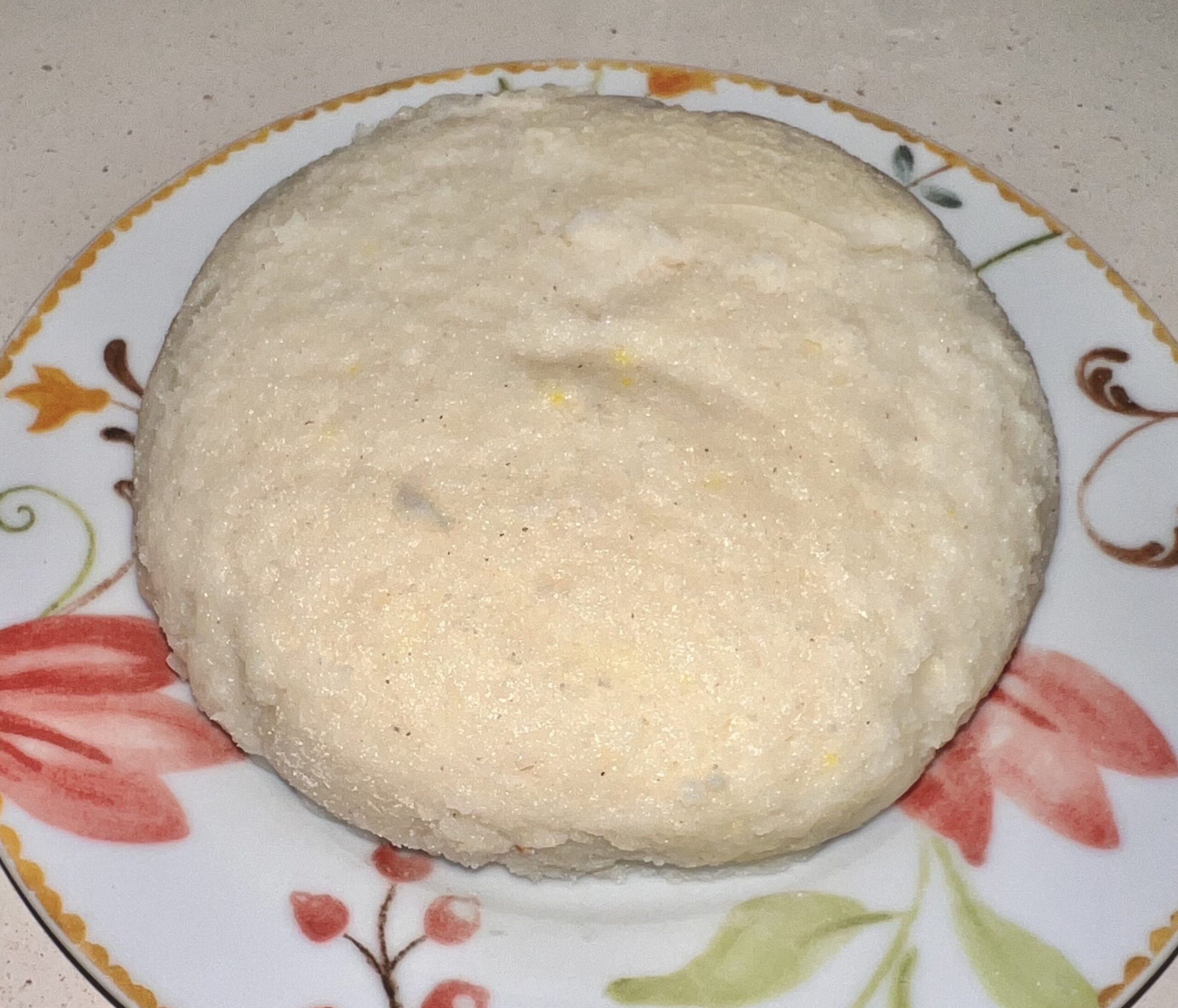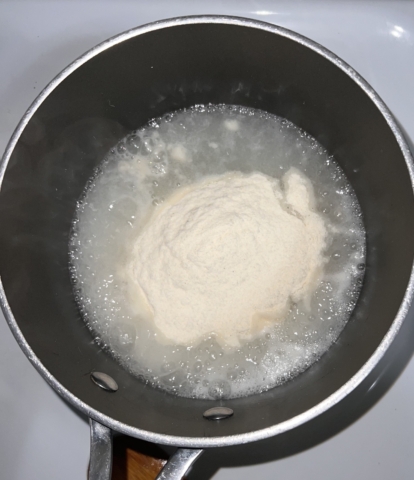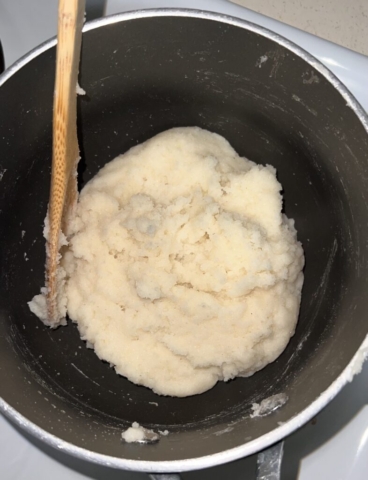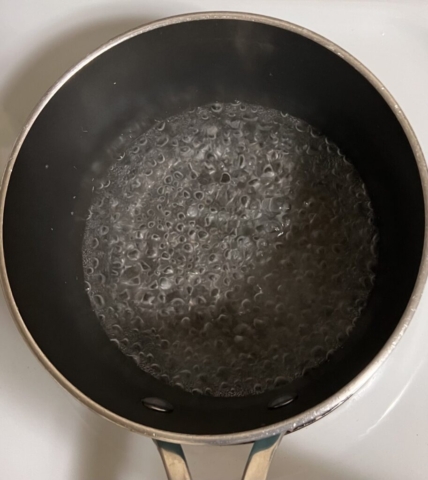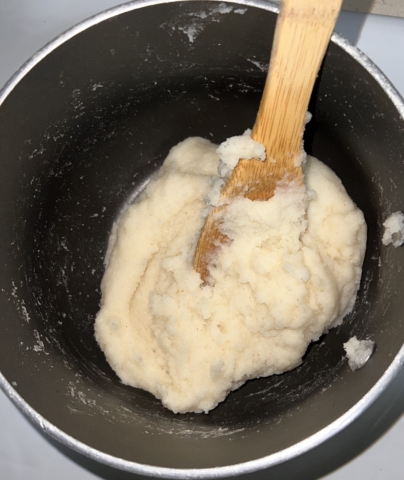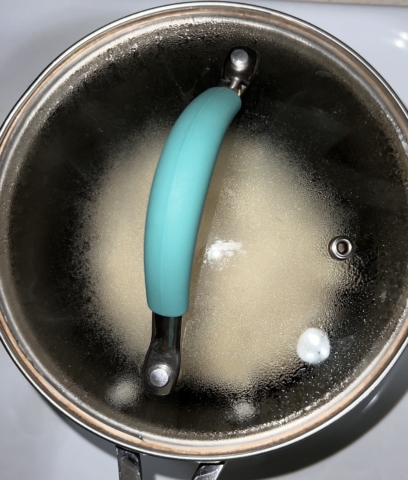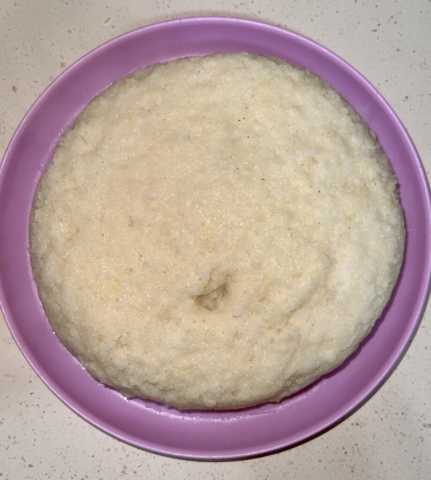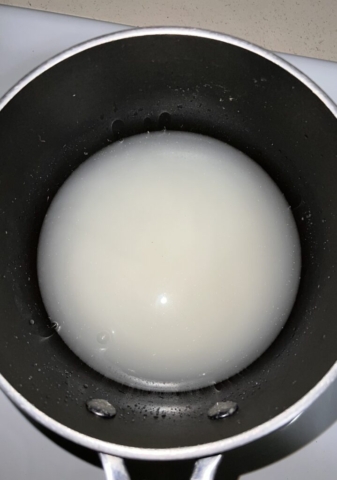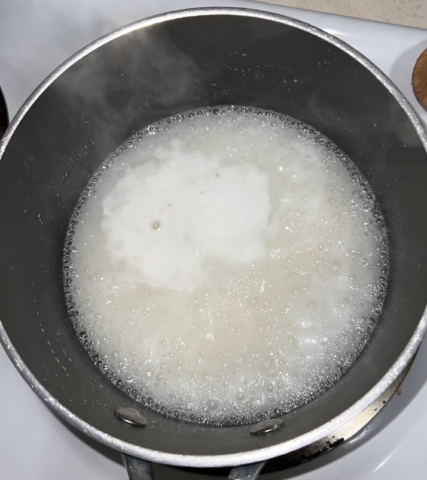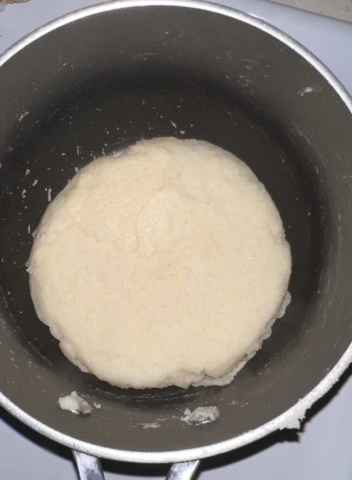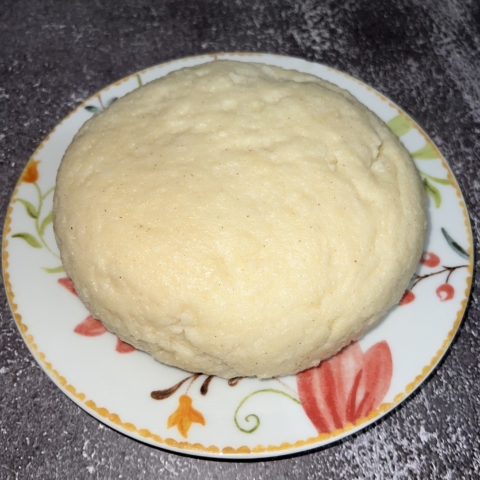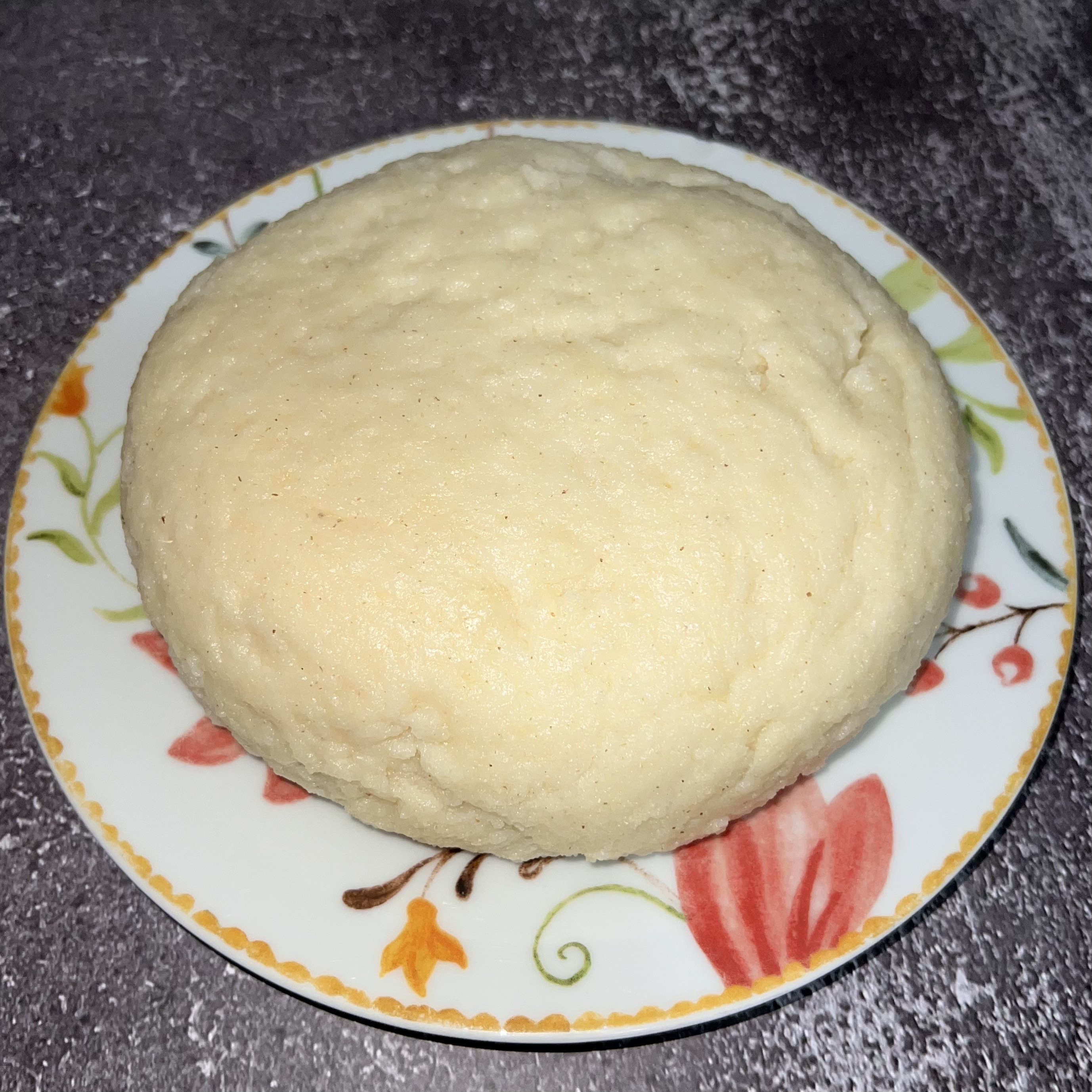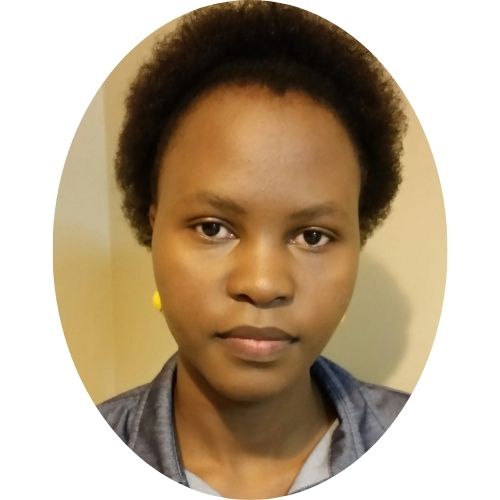This post may contain affiliate links, which means I may receive a commission from purchases made through the links.
Ugali, also referred to as sima in Swahili, is a staple in East Africa. Versions of it are also consumed in other African countries. For instance, South African countries have nsima while West African countries are well known for fufu and garri consumption. Western countries enjoy dishes that are closely similar to ugali as well like polenta, grits, and porridge. In this post, I share my simple Ugali recipe, which is very beginner-friendly and can be implemented by anyone.

For most Africans, whether living at home or abroad, this staple is a must-have. As I mentioned in this article on East African cuisine and dishes that define the region, East Africans have done their homework and figured out ways of obtaining ugali flour in any part of the world where they live. That’s how important the dish is to us. Also, I have outlined in this second article titled “How to make ugali in America” all the guidelines that one would need to make ugali while abroad. That is, how to choose and where to purchase the best flour and the equipment for making ugali. This would be very helpful, especially to those who are new abroad.
Is there a difference between Ugali and Sima?
Not really. The two terms are often used interchangeably. However, this is probably a running joke in Kenya but some claim that there is indeed a difference. They argue that Sima is the coastal version while Ugali is the upcountry version. Indeed, the way coastal Kenyans prepare their sima is slightly different from the way upcountry Kenyans (watu wa bara) prepare their ugali. At the coast, typically, a light porridge is prepared first by adding just a little flour into cold or warm water and stirring until it boils. Flour is then added to the porridge and the stirring continues until ugali is ready. The resulting dish is much softer and is preferably referred to as sima. The upcountry procedure, which is the more common one, involves bringing plain water to a boil before adding flour. The result is often a firmer ugali.
Just like the unending debate about the Nigerian vs Ghanaian Jollof rice, there exists a humorous debate in Kenya too about which is best between coastal Sima and upcountry Ugali. Each group claims that theirs is the best recipe for the dish and that the other group eats undercooked ugali. I say, bring both to me. I have lived in both regions and I embrace both recipes.
Is Ugali a difficult dish to make?
Yes and no. Making Ugali is a straightforward process, but for those who are experienced. That is not to say that you cannot make perfect ugali as a first-timer. This easy and beginner-friendly recipe will have you all set. That being said, it takes quite a bit of time and repeated practice to become a specialist in making ugali. This is because as you add the flour to boiling water, it immediately thickens and forms lumps. It requires a swift and energetic hand to break those lumps up as quickly as possible to create a smooth, non-lumpy ugali while also being careful to not get scalded by the popping hot porridge that forms before ugali fully thickens.
Secondly, you have to carefully estimate the flour that you add into the boiling water because too much and the ugali is excessively firm and ‘hardly’ palatable (see that?). Too little and it is mushy and just not right. By the way, lumpy ugali, or one with the wrong consistency is highly criticized as it is not fun to eat. This leads me to the next section about measuring this water-flour combo.
How do you measure the ingredients for Ugali?
The funny (or maybe sad) truth about ugali preparation in East Africa is that no one really uses exact measurements for the water or flour. You know, the way we measure the ingredients for most dishes. Every ugali cook simply estimates water based on the number of people to be fed. Flour is then added a little at a time until the ugali appears to be of the right consistency. Surprising, right? Actually, what I think would be more surprising would be an East African seeing you measure water and/or flour for Ugali. They’d probably go, “What?! When did that become a thing?” And they would probably snatch the cooking stick from you and start making the ugali themselves ‘the right way.’ Wait until they find out that I, a fellow East African, actually came up with and published such measurements!
Yes, that is exactly what I did. I came up with exact measurements for water and flour to make ugali. I believe this would be super useful to novice Ugali cooks and all those who wish to try the dish but don’t know how to handle this tricky part. Besides, even for experienced cooks, this lack of specific measurements often leads to variations in the degree of firmness of the ugali. You’ll sometimes find ugali that is either too firm or too soft. Please note that the measurements I came up with would only work if the same type of flour is used. Different flour with varying textures will bring different results.
How to cook Ugali (The ultimate Ugali recipe)
Equipment for Ugali
Ugali preparation requires two essential pieces of equipment: (1) a deep and preferably stainless-steel pot (Commissions Earned). A non-stick pot can be used too but the ugali crust will most likely attach to the ugali (as opposed to sticking to the pot) and will need to be removed before serving. (2) A wooden cooking stick (Commissions Earned).
Ingredients for Ugali
Water and flour are the only ingredients you will need. Your kitchen tap water is okay to use. As for the flour, I used the P.A.N. white corn flour (Commissions Earned). This flour, which is usually used to make Hispanic arepas, is sifted, fine, and pre-cooked. It does not need to be cooked for a long period, like the raw whole maize flour that we commonly use in East Africa.
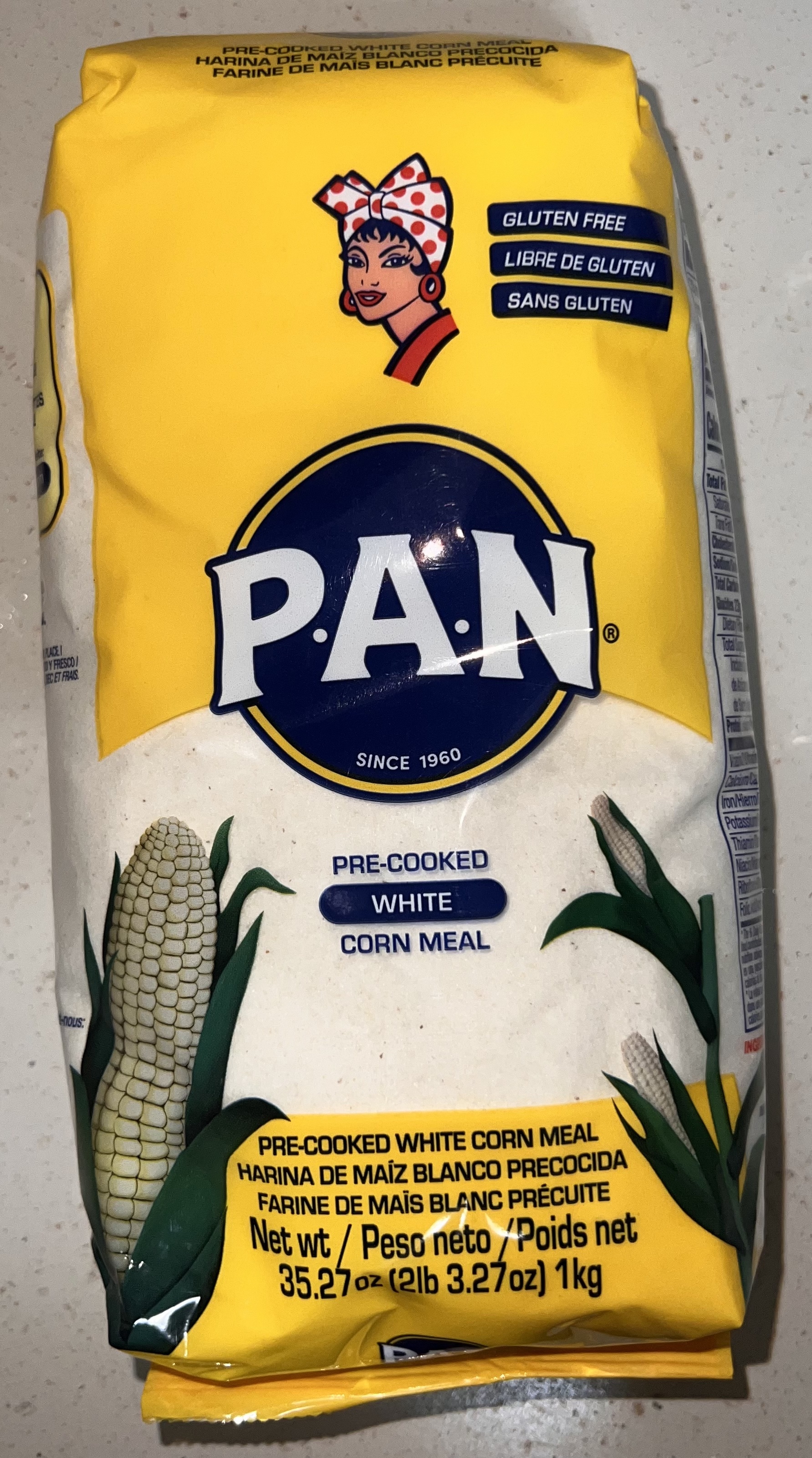
The upcountry Ugali recipe
Bring water to a bubbling boil on medium-high heat. Add half of the flour at once and start stirring with the cooking stick. Once the flour is incorporated and a thick porridge forms, add the rest of the flour and keep stirring until all lumps are gone and the ugali is smooth.
Reduce the heat to medium, cover the pot with a lid, and allow Ugali to cook for a minute. Stir the ugali again and allow it to cook for another minute. Place the ugali onto a plate. To do this, you can cover the pot with the plate and turn it over to pour the ugali onto the plate. Ugali is ready to serve.
The coastal Ugali recipe (Sima)
Place cold water in the cooking pot. Add 2 tablespoons of flour into the pot and stir to combine. Bring the mixture to a boil on medium-high heat. Stir the mixture throughout. Otherwise, a thick paste will settle at the bottom of the pot and begin to burn, and that will interfere with the quality of the dish.
Allow the porridge to boil for a minute but watch it closely so it does not boil over. Add half of the remaining flour and continue stirring. Once that flour is incorporated and a thicker porridge forms, add the rest of the flour and keep stirring until the ugali is smooth. Reduce the heat to medium, cover with a lid, and allow to cook for a minute. Stir the ugali again and allow it to cook for another minute. Ugali is ready to serve. Place it on a plate.
What to serve with Ugali
Ugali is most enjoyable with a protein such as baked, stewed, or grilled meat and cooked leafy green vegetables like kale (sukumawiki), spinach, or cabbage. Native, or should I say, local East African vegetables like kunde, managu, saga/saka, mchicha, mirro, mrenda, and pumpkin leaves are even more loved by many but those are hardly accessible abroad.
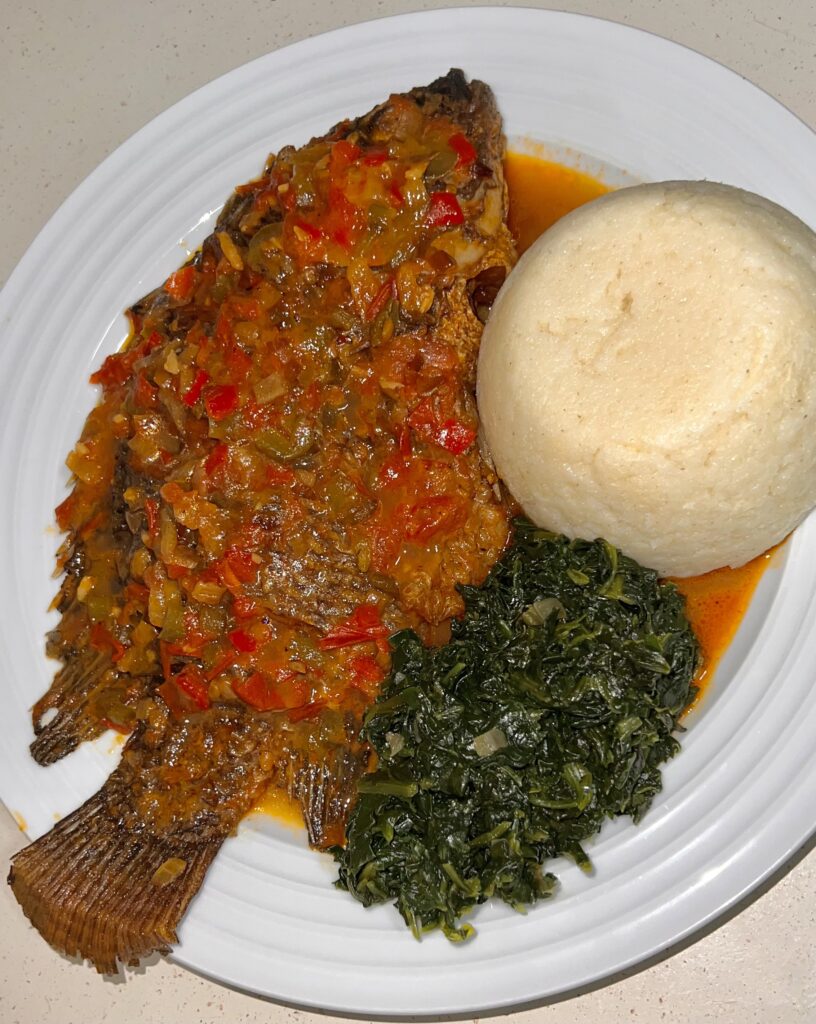
Explore these delicious recipes for meats and vegetables and try different combinations with ugali.
- Short ribs stew
- Chicken stew with coconut milk
- Beef stew
- Baked pork ribs
- Fried then stewed whole tilapia the Kenyan way
- Soft and moist scrambled eggs
- Sautéed spinach
- Sautéed kale
- Sautéed kale with eggplant and carrots
- Sautéed cabbage with carrots and bell peppers
Storing leftover ugali
Leftover ugali does perfectly well in the fridge. In fact, you can also freeze it. Allow ugali to cool down completely, then place it in an airtight container and refrigerate or freeze. If freezing, ensure that it is in serving sizes because it will harden.
Reheating leftover ugali
Place ugali on a plate and reheat in the microwave for 1-2 minutes. Repeat if necessary. Cold ugali is rock hard but when it is fully reheated, it regains its soft texture. Pressing on it with a finger will let you know if it is ready or if it needs more heating.
This is an optional step: You might want to slice off the thin outer coating of the ugali before or after reheating it. Do this if that coating bothers you. Otherwise, munch on it!
Print The Recipe
Ugali Recipe for Beginners – The Two Ways to Make Ugali
Course: VegetarianCuisine: East African, KenyanDifficulty: Easy2
servings2
minutes8
minutes350
kcal10
minutesThe measurements for ingredients used in this recipe work with this specific type of flour. Different flour with varying textures may require a little less or a little more.
Ingredients
Water – 2 cups
Ugali flour (P.A.N white corn flour) – 1 ¼ cups
Steps to Prepare Upcountry Ugali
- Bring water to a bubbling boil on medium-high heat.
- Add half of the flour at once and start stirring with the cooking stick. Once the flour is incorporated and a thick porridge forms, add the rest of the flour and keep stirring until all lumps are gone and the ugali is smooth.
- Reduce the heat to medium, cover the pot with a lid, and allow Ugali to cook for a minute.
- Stir the ugali again and allow it to cook for another minute.
- Place the ugali onto a plate. To do this, you can cover the pot with the plate and turn it over to pour the ugali onto the plate. Ugali is ready to serve.
- Directions to Prepare Coastal Sima
- Place cold water in the cooking pot. Add 2 tablespoons of flour into the pot and stir to combine.
- Bring the mixture to a boil on medium-high heat. Stir the mixture throughout. Otherwise, a thick paste will settle at the bottom of the pot and begin to burn, and that will interfere with the quality of the dish.
- Allow the porridge to boil for a minute but watch it closely so it does not boil over.
- Add half of the remaining flour and continue stirring. Once that flour is incorporated and a thicker porridge forms, add the rest of the flour and keep stirring until the sima is smooth.
- Reduce the heat to medium, cover with a lid, and allow to cook for a minute.
- Stir the sima again and allow it to cook for another minute. Place it on a plate. Your sima is ready to serve.
Recipe Video

Conclusion on this Ugali recipe
Ugali is a popular dish for a reason: it tastes good! If you make ugali and/or my other recipes linked above, please don’t forget to take pictures and tag me on social media. Also, share your thoughts and experiences in the comment section at the bottom of this post.
